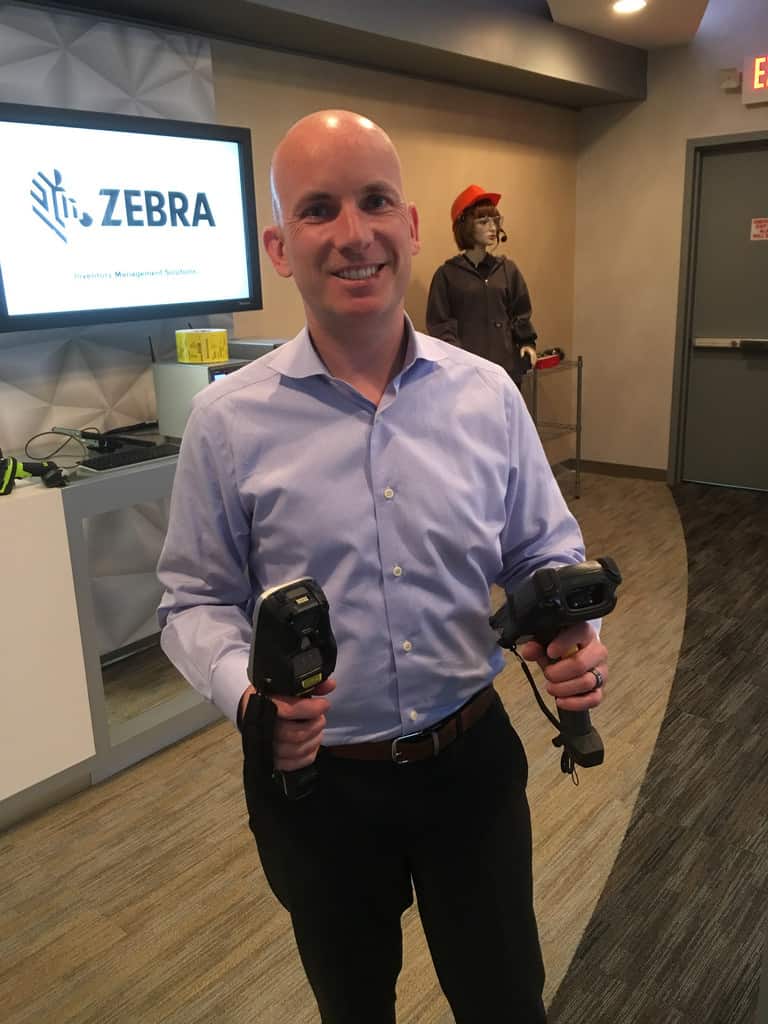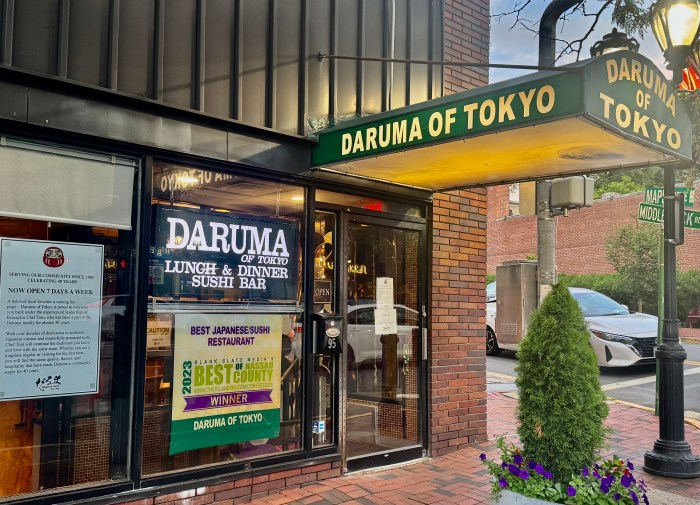Zebra Technologies’ Chief Technology Officer Tom Bianculli is an executive based in Holtsville for the Lincolnshire, Ill., tech company. We talked with him about his role and how the tech company, with about 1,100 Long Island employees, is innovating amid the pandemic.
What is the role of a chief technology officer at a tech company? There are typically three models. One model is running engineering across an entire company, having a matrix of the use of that engineering across products. A second is much more outbound, engaging with academia, media, and analysts and being the face of the company from a technology perspective. The third is our model, helping to coordinate and deliver on our advanced development roadmaps, maturing emerging technologies needed to deliver future products, understanding investments we need to drive our vision. And thought leadership, working with industry peers, executives at customers, the media, industry analysts, and investors.
How has Zebra been innovating in terms of automation? We launched SmartSight™, a robot-based solution that can autonomously navigate the store and detect if stock is out or pricing and promotions aren’t set properly, and alert the store manager or frontline workers to take corrective action that will improve store operations and enhance the customer experience. In many store formats, a robot that can roam the store is a more flexible way of deploying than a fixed camera infrastructure to see everything. Depending on the retailer’s product mix, it can be more cost-effective. It’s being piloted with a number of customers.
What other innovations are recent or in the works? We have also been innovating in a few other areas including automation and augmentation of the worker’s workflow. Zebra FulfillmentEdge software boosts warehouse task efficiency and accuracy by overlaying shelf location, pick quantity, remaining picks and bin-sorting information within each worker’s field of vision. With FulfillmentEdge, companies can increase worker productivity by almost 25 percent and reduce new hire onboarding and training by up to 90 percent. It’s not virtual reality where you’re fully immersed in a virtual world. This is augmented reality, letting you see the environment around you and giving you additional contextual information.
Can you give me an example of innovation directly related to the pandemic? We made a free Covid-19 mapping tool available to our retail customers. It provides a color-coded, action-driven dashboard driven by Zebra Prescriptive Analytics. You can see on a map where your stores are. We overlay the Covid outbreak data on top of that. The retailer can use that to adjust inventory, store staff, and operating procedures, based on where breakouts occur. Certain items become more in demand than others based on the cycle of a breakout. Is it starting to break out, did it peak, is it coming down? They can adjust inventory in the store.
What Zebra Technologies innovations are being used by healthcare providers? We offer mobile computers and barcode scanners using advanced medical-grade plastics as well as wristband identification technology. And we’re offering Temptime temperature sensing and monitoring solutions. Hospital wristbands are typically strips with printed information wrapped around a patient’s wrist. We can print human readable information, barcode information, and have radio-frequency identification (RFID) built into it as well. We can be within proximity of the wristband and read it. Temptime is a set of label technologies able to indicate the temperature profile vaccines and medicines have been exposed to over time. Vaccines need to be kept at a certain temperature and before they’re administered, brought up to a certain temperature. Temptime’s HEATmarker Vaccine Vial Monitors have been used to monitor the temperature exposure of vaccines, as recommended by the World Health Organization and UNICEF.
What products has Zebra developed related to Covid-19 beyond healthcare? In May, we launched MotionWorks Proximity, which has software on our mobile computers that can detect when they come within 6 feet of each other. Workers on a factory floor or a warehouse would typically use our devices to scan and check inventory. When those devices come within 6 feet of each other, we can generate a digital event for contact tracing if someone comes up positive. It also can alert the people in real time.
What other exciting things are in the works at Zebra? Computer vision is a big technology area that we’re investing in. This allows us to recognize products and gestures, help streamline checkout at a point-of-sale lane, and be able in an automated way to detect what’s on the shelf, using product recognition. About one year ago, we acquired a London-based computer vision company called Cortexica, focused on computer vision technology. We can leverage that technology to recognize a product or a gesture from a user interface or read a label automatically. Think of it as making a checkout lane more friendly. We read not just the barcode, but recognize the product even without a barcode.
How has Zebra handled Covid regarding your own practices at the company? We’re users of our own technology. We use our MotionWorks Proximity solution in our own distribution centers. Like many companies, we got more creative with virtual meetings. We looked at which products have seen more volume, and dynamically adjusted our supply chain and ability to ship and build products that saw a surge, such as our healthcare-specific mobile computers, wristband printers, and label printers for specimen tracking.
For more business coverage visit longislandpress.com/category/business.
Sign up for Long Island Press’ email newsletters here. Sign up for home delivery of Long Island Press here. Sign up for discounts by becoming a Long Island Press community partner here.

































